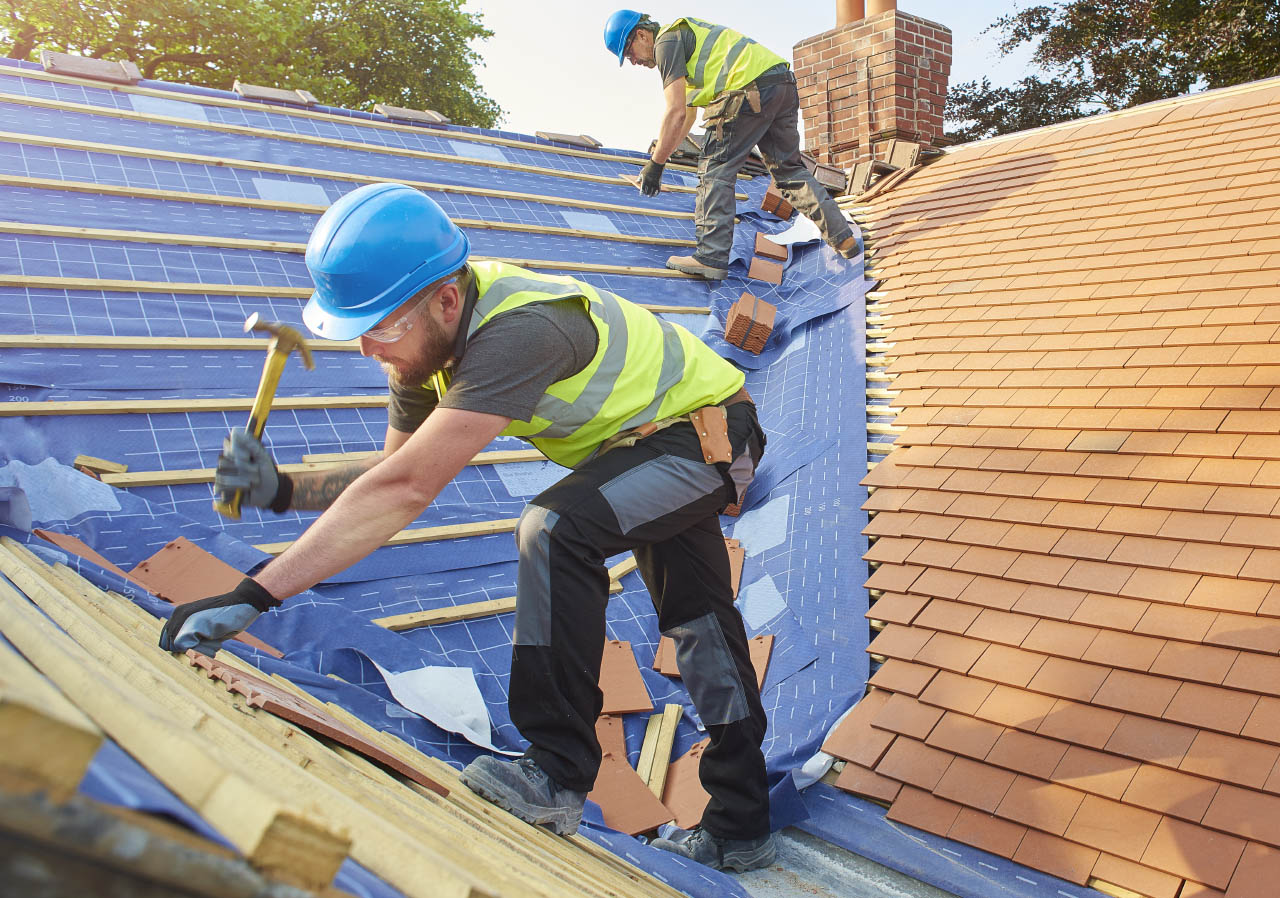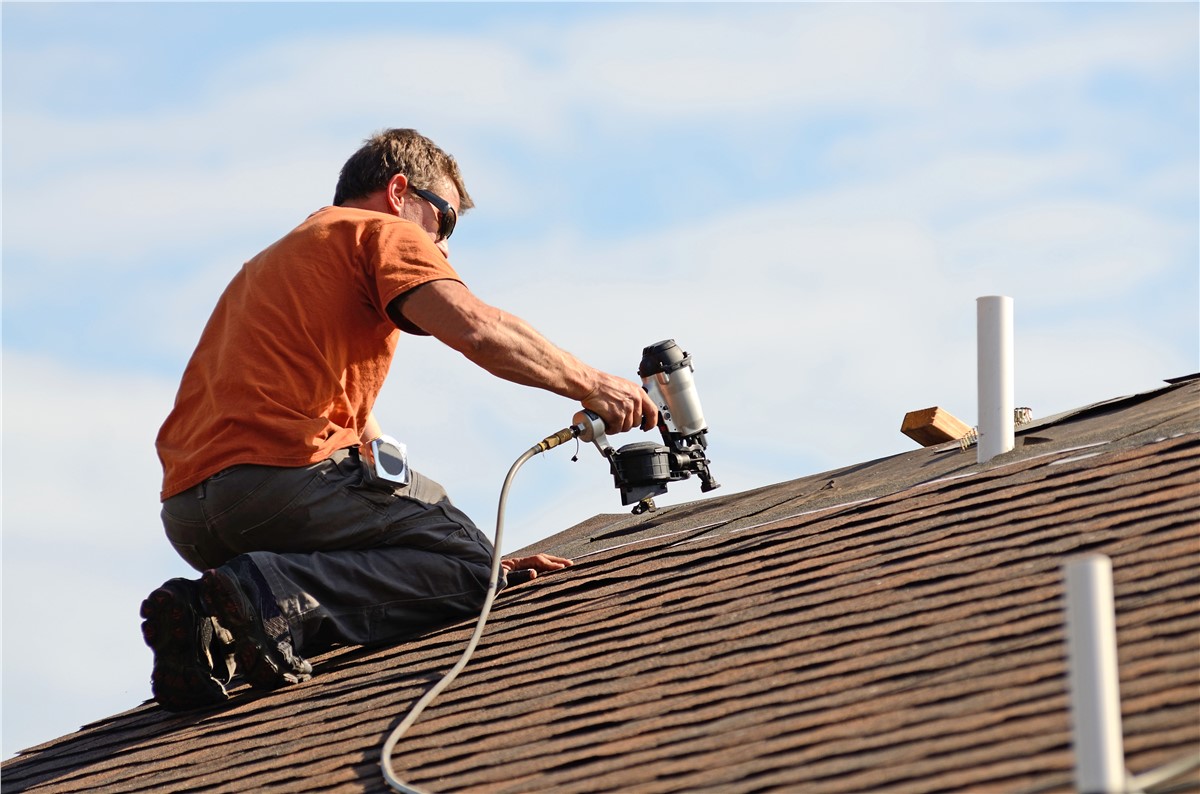Roof Repair Oahu: Expert Roof Repair Works for Lasting Protection
Roof Repair Oahu: Expert Roof Repair Works for Lasting Protection
Blog Article
Understanding the Different Kinds Of Roof Coverings: A Comprehensive Overview for Homeowners
In the world of homeownership, selecting the suitable roofing style is a decision that brings considerable ramifications for both performance and visual charm. With a selection of alternatives-- varying from the typical gable to the modern level-- each kind offers unique benefits and obstacles that need to align with the house owner's ecological considerations and certain requirements. Comprehending these distinctions not only help in making an enlightened selection yet additionally affects lasting upkeep and power effectiveness. As we explore the complexities of various roof covering kinds, it ends up being apparent that one dimension does not fit all; the appropriate option may amaze you.
Saddleback Roof
Saddleback roofs, identified by their triangular shape, are among one of the most prominent roof covering styles as a result of their simpleness and effectiveness in losing water and snow. This design includes 2 sloping sides that meet at a ridge, permitting for efficient drain and minimizing the danger of water accumulation. The steep pitch generally associated with saddleback roofs boosts their ability to manage heavy precipitation, making them ideal for numerous climates.
In addition to their sensible advantages, gable roofing systems supply aesthetic adaptability. They can be adjusted to various building designs, from traditional to contemporary homes. The layout can also fit added attributes such as dormer home windows, which enhance natural light and ventilation in the attic area.
Moreover, saddleback roofs supply ample space for insulation, contributing to power performance. Property owners can select from a selection of roof covering products, consisting of asphalt roof shingles, steel, and floor tiles, better boosting modification options.
Despite their benefits, saddleback roofs might need added assistance in areas prone to high winds or hefty snowfall. Generally, the gable roof covering continues to be a popular selection as a result of its mix of performance, durability, and aesthetic allure.
Apartment Roofs
Level roofings are commonly acknowledged for their minimalist design and practical applications, specifically in business and commercial setups (oahu roofing). These roofings feature a horizontal or virtually straight surface, which enables easy construction and functional space utilization. While they might lack the aesthetic allure of pitched roof coverings, level roofing systems offer countless advantages, especially in city atmospheres where maximizing room is important
One of the main benefits of level roofing systems is their access. House owners can utilize the roof covering area for various objectives, such as rooftop yards, terraces, or photovoltaic panel setups. Additionally, level roofs are commonly a lot more affordable to preserve and set up compared to their sloped equivalents, as they call for less products and labor.
Nevertheless, level roofings do existing certain obstacles. Proper drain is vital to stop water pooling, which can result in leakages and architectural damage. For this reason, picking top quality waterproofing products and regular assessments are critical for guaranteeing long life. Usual materials used for flat roofings consist of built-up roofing (BUR), modified bitumen, and single-ply membranes, each offering unique advantages. On the whole, flat roofs work as a practical and versatile choice for lots of home owners and businesses alike.
Hip Roofs
Hip roofing systems are defined by their sloped sides that converge at the top, developing a ridge. This design is distinct from gable roofing systems, as all four sides of a hip roofing system slope downwards toward the wall surfaces, giving an extra steady framework. The angle of the slopes can vary, permitting convenience in building visual appeals and performance.
One of the key benefits of hip roofings is their ability to withstand hefty winds and negative weather. The sloped surface areas allow better water drain, minimizing the risk of my explanation leakages and water damage. Additionally, hip roof coverings use increased attic room area, which can be utilized for storage space or perhaps transformed into livable locations.
However, creating a hip roofing system can be extra expensive and complex than easier roof kinds, such as saddleback roofs. The added material and labor entailed in creating the inclines and making certain appropriate architectural integrity can lead to greater expenses. In spite of these downsides, numerous home owners favor hip roofings for their resilience, visual appeal, and capacity for power efficiency.
Mansard Roofings
Mansard roofs, commonly recognized by their distinct four-sided layout, feature two inclines on each side, with the reduced incline being steeper than the upper. This architectural design, stemming from France in the 17th century, is not just aesthetically attractive yet functional, as it makes the most of the functional room in the top floors of a building. The high reduced incline permits more clearance, making it an optimal choice for attic rooms or lofts, which can be transformed into living spaces.
Mansard roofing systems are identified by their convenience, fitting numerous building designs, from typical to modern-day. They can be constructed with various products, consisting of asphalt tiles, slate, or steel, giving homeowners with a series of options to match their choices and spending plans. Furthermore, the style enables the combination of dormer windows, enhancing all-natural light and air flow in the top levels.
However, it is vital to think about the potential drawbacks. Mansard roofs might need more maintenance due to the complexity of their design, and their steep inclines can be challenging for snow and rain runoff. On the whole, mansard roof coverings integrate beauty with practicality, making them a preferred option among homeowners looking for unique architectural attributes.
Dropped Roofs
As homeowners significantly seek simplicity and capability in their architectural layouts, dropped roofs have actually emerged as a popular option. Characterized by a solitary sloping plane, a shed roof covering provides a minimal aesthetic that complements different home styles, from contemporary to rustic.
One of the main benefits of a shed roofing is you can try these out its straightforward building and construction, which usually translates to lower labor and material expenses. This style enables effective water drain, reducing the danger of leakages and water damages. Additionally, the vertical incline gives ample area for skylights, boosting all-natural light within the interior.
Shed roofings additionally offer adaptability in regards to use. They can be effectively integrated into additions, garages, or outside structures like pavilions and sheds. Moreover, this roof covering design can accommodate various roofing materials, including metal, asphalt roof shingles, or also eco-friendly roofings, straightening with eco-friendly initiatives.
Nevertheless, it is important to take into consideration local environment conditions, as heavy snow loads may necessitate adjustments to the roof's angle or structure. Overall, lost roof coverings offer a sensible and cosmetically pleasing alternative for house owners seeking to make the most of functionality without compromising design.
Verdict


Gable roof coverings, characterized by their triangular shape, are amongst the most popular roof designs due to their simpleness and efficiency in dropping water and snow. oahu roofing. The high pitch commonly connected with gable roof coverings enhances their ability to manage hefty rainfall, making them suitable for different environments
While they may lack the aesthetic charm of pitched roof coverings, level roofing systems use countless benefits, especially in urban atmospheres where making best use of space is essential.

Report this page